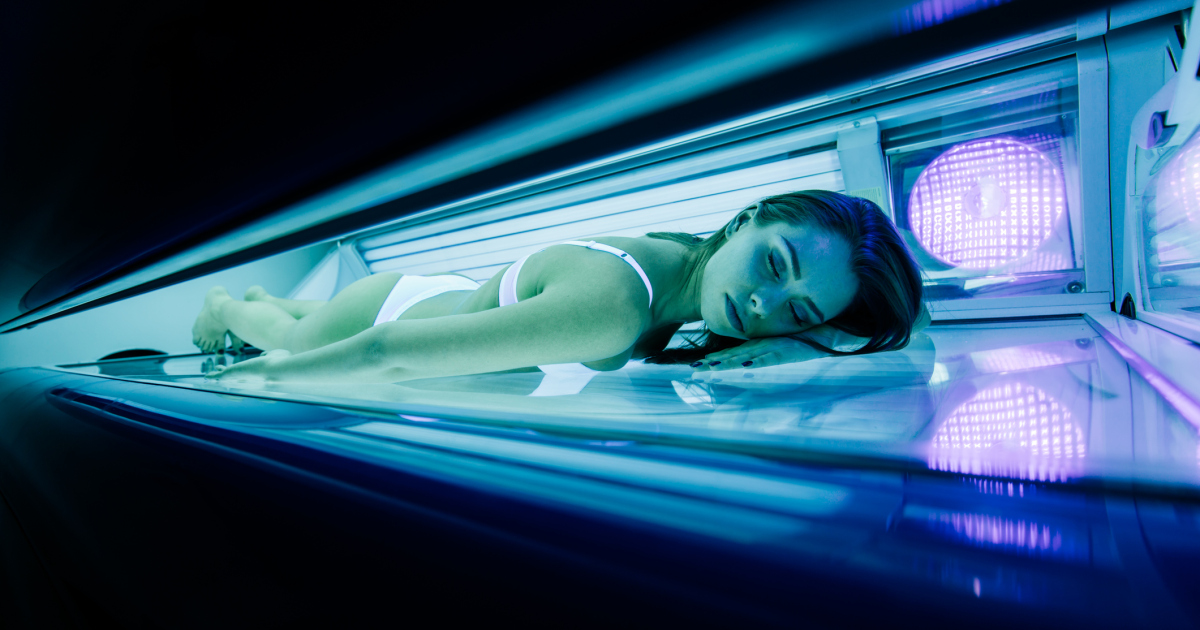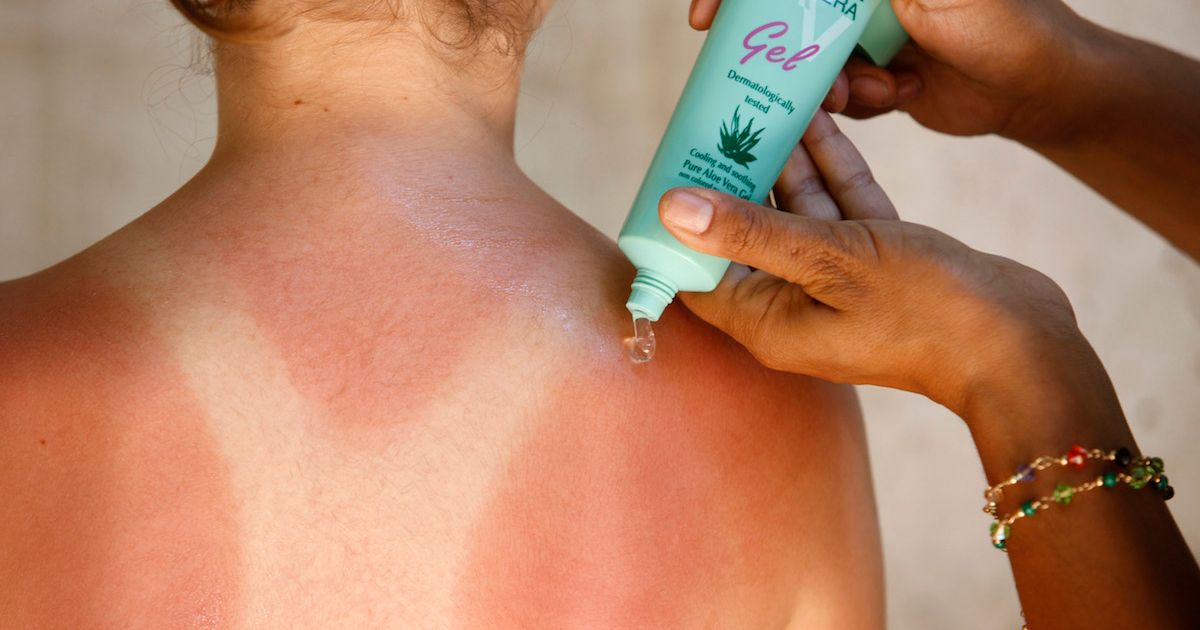RIsk Factors For Melanoma
The fifth most prevalent cancer out of all cancer variations is melanoma, a type of skin cancer, not far behind breast cancers, lung cancers, prostate cancers, and the number one most common type of cancer, colorectal. All types of cancer are caused by a mutation of the cell's DNA that results in the abnormally rapid division and reproduction of cells that form cancerous tumors. Ultraviolet ray exposure is the leading cause for these DNA mutations that develop into dangerous melanomas. Most describe melanoma spots as mole-like, and black or brown in color, though they also sometimes appear white, red, purple, blue, or pink. It is important to know the risk factors for developing melanoma, as once it has metastasized to other organ systems it often becomes fatal. Learn about what increases an individual's risk of developing melanoma now.
Overuse Of Tanning Beds

The biggest risk factor that increases an individual's chances of developing melanoma is the overuse of tanning beds. Many tanning bed users have the common misconception the ultraviolet rays from an indoor tanning bed are less harmful than those from the sun. The belief is on the basis there is more control with indoor tanning as opposed to outdoor tanning, but this couldn't be further from the truth. Tanning beds deliver higher quantities of all types of ultraviolet rays than the natural sun does. Visits to the tanning salon on a regular basis is shown to increase an individual's risk for developing melanoma by fifty-nine percent according to the American Academy of Dermatology. The World Health Organizations International Agency for Research on Cancer place tanning beds in the highest cancer risk classification with plutonium and asbestos. It is also important to note the chance of developing melanoma is increased by a staggering seventy-five percent if an individual uses a tanning bed prior to turning thirty years old.
Get the details on more risk factors for melanoma now.
Frequent Sunburns

A sunburn is the result of too much ultraviolet radiation from the sun. The harmful rays cause damage to the skin cells and molecules, effectively changing the DNA to cause inflammation and small blood vessel dilation by making different kinds of enzymes and proteins. It takes these proteins around six hours or so to fully synthesize, which is why individuals do not feel the effects of a sunburn until several hours later. When this happens once, the body can handle the self-healing of the damaged skin, however, frequent sunburns cause melanoma due to the compounded DNA mutating damage inflicted with each additional sunburn. Being badly sunburned more than five times within an individual's lifetime doubles their chances of developing melanoma later on in life. In addition, incurring a sunburn only one time within every two years can triple the risk of developing melanoma.
Continue reading to reveal the next risk factor for melanoma now.
